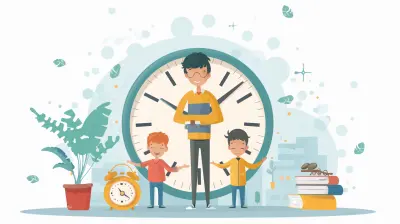Empathy and Diversity: How to Teach Kids to Respect All Differences
25 June 2025
Ah, parenting—the noble art of shaping tiny humans into decent adults who (hopefully) don’t grow up to be intolerant, entitled brats. Fun, right? Just kidding. It’s a full-time job, complete with unpaid overtime and screaming clients who throw tantrums in grocery stores.
But in between the chaos, there’s a mission: raising kids who respect, appreciate, and (dare I say?) embrace differences. Welcome to the survival guide on teaching empathy and diversity—because raising kind humans is way better than raising jerks. 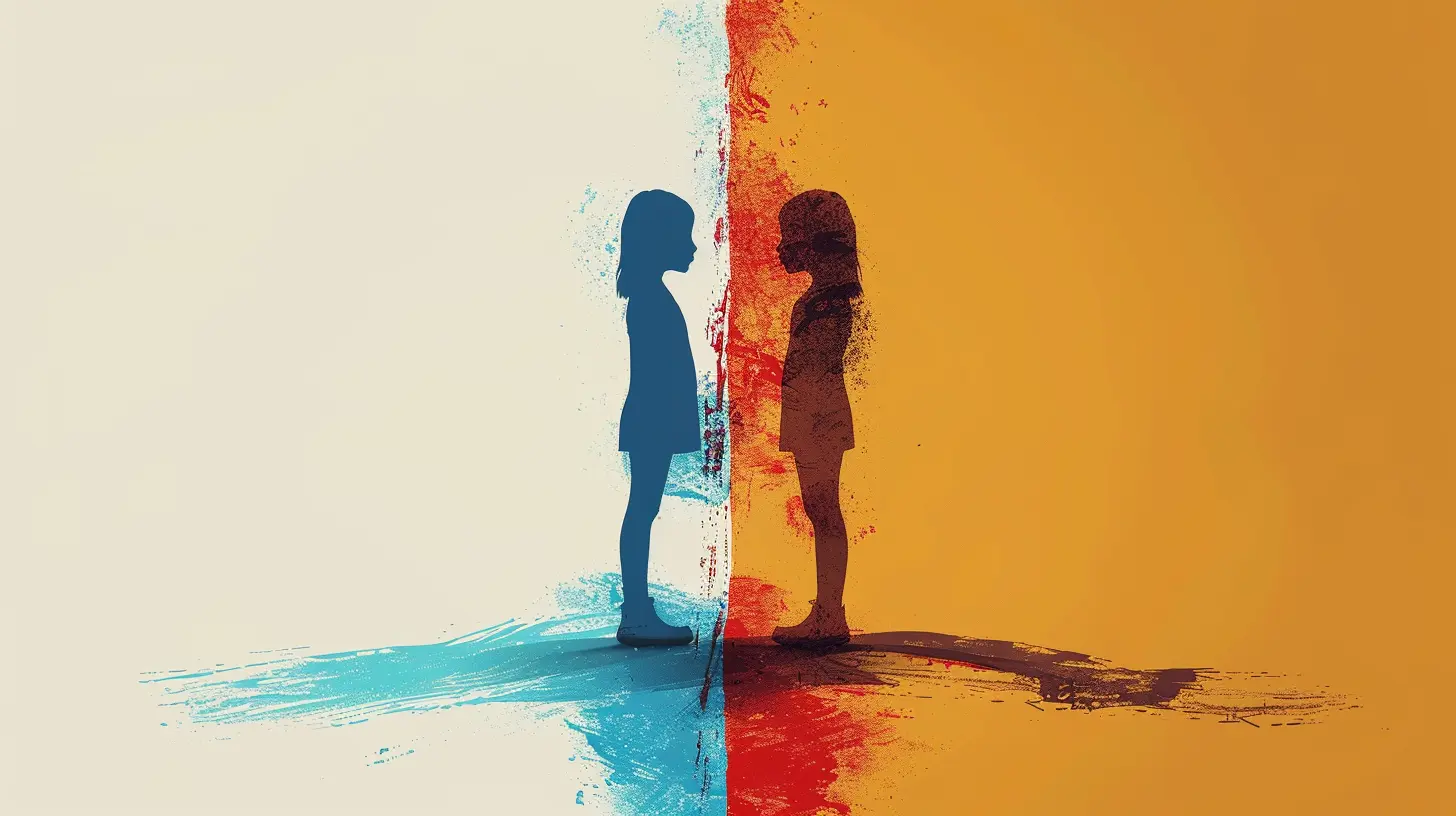
Why Empathy and Diversity Matter (Spoiler: The World Isn’t a Bubble)
Let’s be real—our kids are growing up in a world that’s a melting pot of cultures, backgrounds, beliefs, and, yes, quirks. If we don’t teach them to respect differences, we’re basically setting them up for a lifetime of awkward social interactions and narrow-mindedness.Empathy and diversity aren’t just buzzwords thrown around at PTA meetings. They’re essential life skills. Kids who understand and respect differences are better problem solvers, better leaders, and—shockingly—better human beings.
So, how do we teach these golden traits without sounding like a boring ethics professor? Strap in, because it’s about to get real. 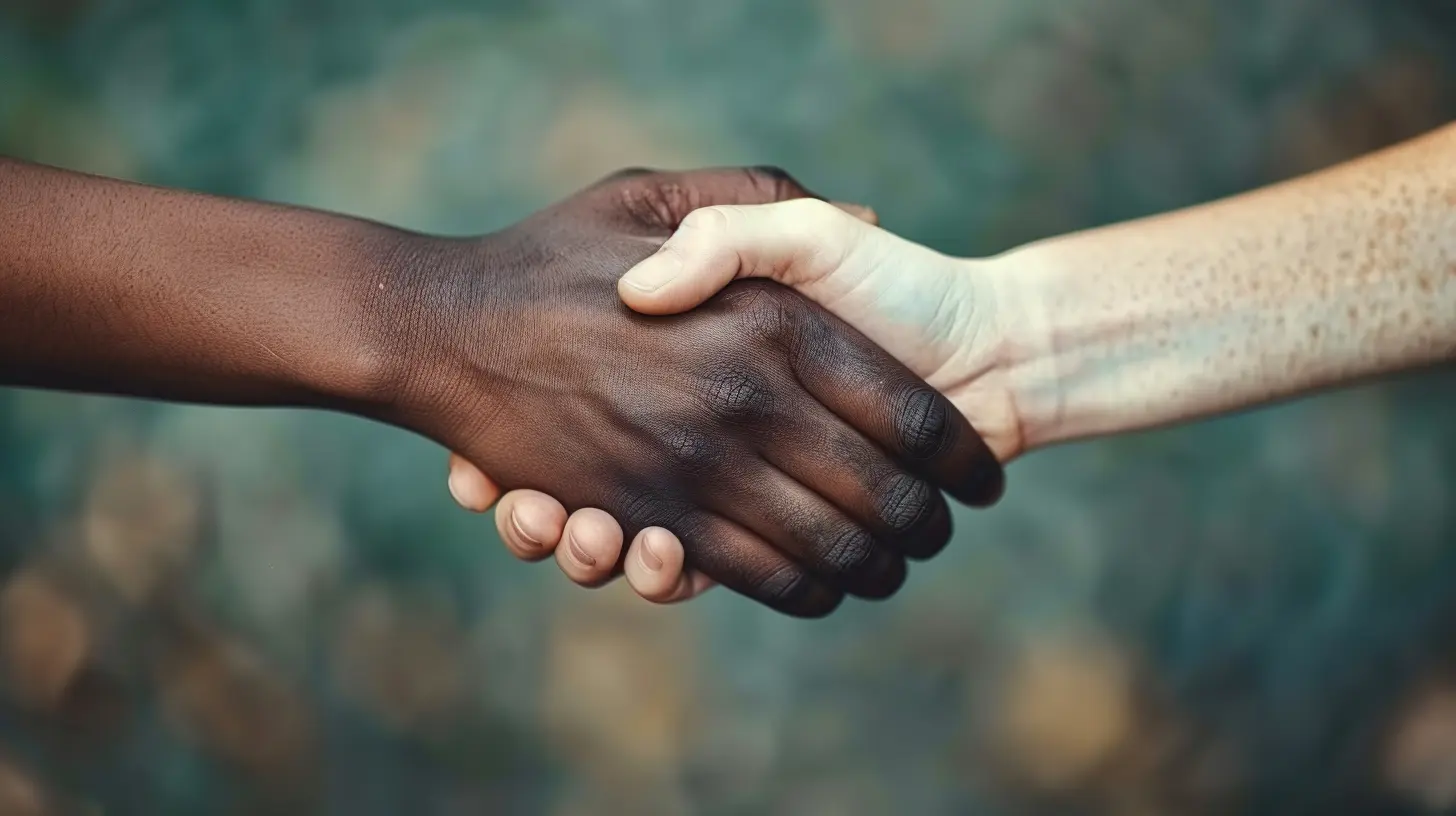
1. Be the Role Model (Sorry, No Pressure or Anything)
Kids are like tiny sponges—except instead of soaking up water, they absorb whatever nonsense we throw at them. If they see you treating people with respect (yes, even that neighbor who lets their dog poop in your yard), they’ll follow suit.How to Actually Do This:
- Speak kindly about people, even when they annoy you.- Show curiosity instead of judgment when encountering different cultures or traditions.
- Ditch stereotypes—stop assuming all teenagers are TikTok addicts (even if they kind of are).
- Admit when you’re wrong. Yep, even parents make mistakes.
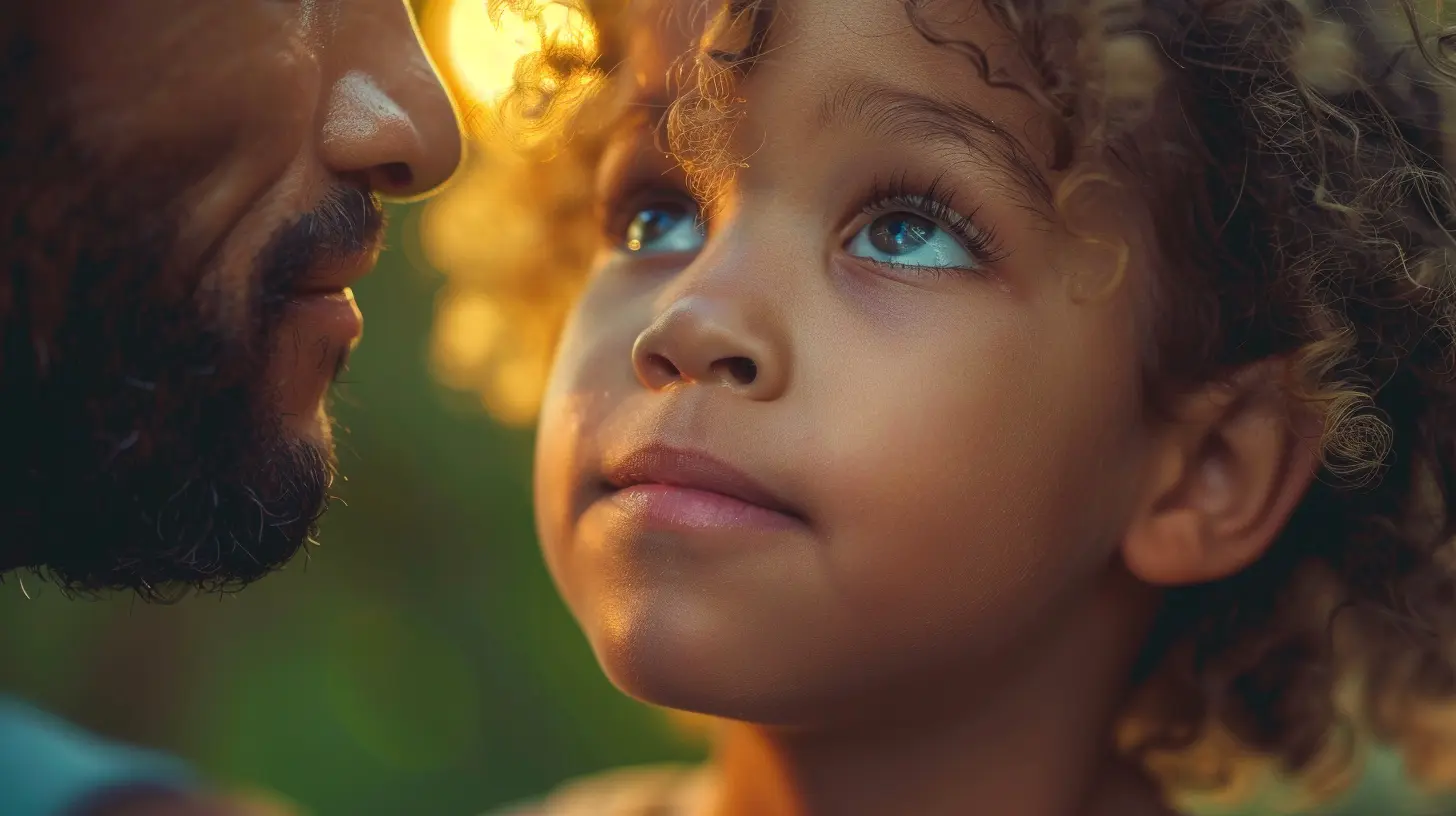
2. Expose Them to Diversity (Beyond Their Gated Bubble)
If your kid only hangs out with people who look, think, and act like them, they’ll grow up believing that their way is the only way. Spoiler alert: It’s not.Ways to Expand Their World:
- Books & Movies – Find stories with diverse characters. (Because, believe it or not, the world isn’t just made up of cookie-cutter protagonists.)- Travel – Even if it’s just to a different part of town, experiencing new cultures firsthand is invaluable.
- Food – Yep, tacos count as cultural education. So do sushi nights and trying Ethiopian food.
- Festivals & Events – Drag your kids to multicultural festivals. Bonus: It usually involves great food and music.
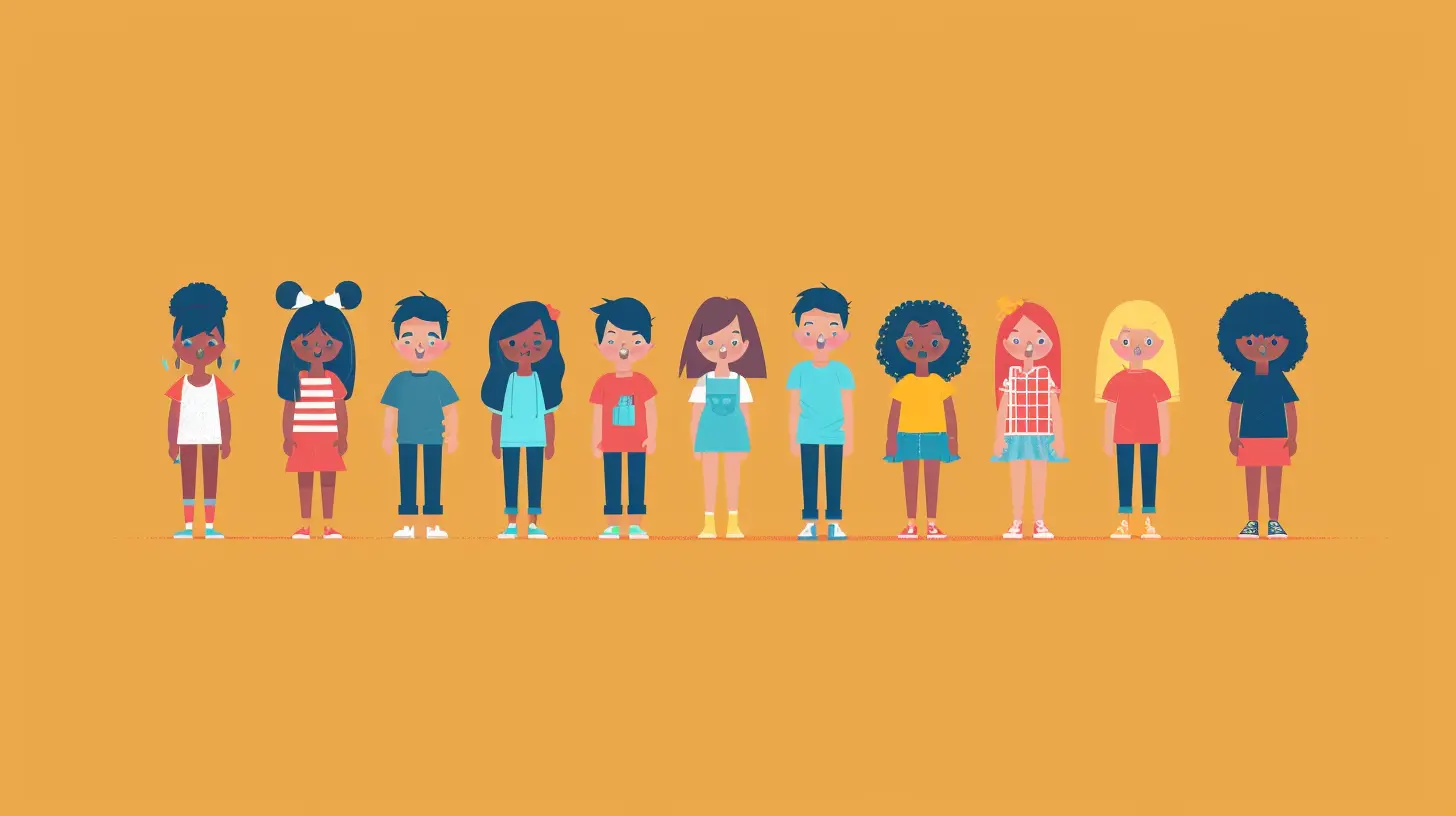
3. Teach the Fine Art of Perspective-Taking
Kids are naturally self-centered (adorable, but still true). Teaching them to see the world from another person’s perspective is basically like hacking empathy into their developing brains.Activities That Help:
- The “What If” Game – Ask questions like, “What if you were in their shoes?” or “How would you feel if someone treated you that way?”- Role-Playing – Have them act out situations where they must consider others’ feelings. Bonus points if they play characters different from themselves.
- Discuss Real-Life Scenarios – When they see unfairness or bias (hello, the entire internet), talk about why it’s wrong.
4. Encourage Friendships With Different Kinds of People
No, you don’t have to start a diversity club in your neighborhood (unless that’s your thing). But nudging your kids toward friendships with different kinds of people? That’s parenting gold.How to Help:
- Encourage them to sit with someone new at lunch.- Sign them up for activities where they’ll meet different kids.
- Be welcoming to their friends, even if they have different traditions or lifestyles.
It’s about making “different” feel normal—because, hey, it is.
5. Teach Respectful Curiosity (AKA, How to Ask Questions Without Being a Jerk)
Kids are naturally curious, and sometimes that curiosity comes out as, “Why does their skin look like that?” or “Why does their family eat weird food?” The key is helping them ask these questions in a way that doesn’t make them sound like tiny critics.Teach Them to:
- Ask questions politely (“Can you tell me more about that?” instead of “Why is that so weird?”)- Be open to learning instead of assuming they already know everything (harder for some adults, let’s be honest).
- Avoid making people feel like an exhibit at a museum. No one likes to be treated as “the different one.”
6. Call Out Bias & Stereotypes (Without Sounding Like a Lecture Machine)
We live in a world where stereotypes are thrown around like confetti. Kids pick up on them whether we like it or not. That’s why it’s crucial to challenge stereotypes when they pop up.When You Hear:
- “Boys don’t cry.” → Nope, emotions aren’t gender-specific.- “Girls aren’t good at sports.” → Ever heard of Serena Williams?
- “That’s just how those people are.” → Stereotypes = Lazy Thinking.
Correct them in a way that sparks thought, not rebellion. Nobody likes a scolding session, but an open discussion? That’s where the magic happens.
7. Teach Them to Stand Up for Others (Yes, Even When It’s Hard)
Empathy isn’t just about feelings; it’s about action. If your kid sees someone being treated unfairly, do they know what to do? Or are they more of the “Oh well, not my problem” type?Ways to Raise an Upstander (Not a Bystander):
- Teach them phrases they can use to support others. (“That’s not okay.” “I don’t think that’s fair.”)- Encourage them to talk to an adult if they see discrimination or bullying.
- Role-play different situations so they feel prepared instead of frozen.
It’s easy to say, “We should respect everyone!” but actually doing something when someone’s being treated unfairly? That’s where real empathy kicks in.
8. Make It an Ongoing Conversation (Because One Talk Won’t Cut It)
If you think one heart-to-heart about diversity will do the trick, I have some bad news. (Hint: It won’t.) Teaching empathy and respect is an ongoing process—kind of like reminding them to clean their room, but, you know, more meaningful.Keep the Conversation Alive:
- Bring up real-world events and ask their thoughts.- Watch TV shows or movies together and discuss the diversity (or lack of it).
- Keep challenging stereotypes and biases when they appear.
- Celebrate differences in a way that feels natural, not forced.
Final Thoughts (AKA, The Pep Talk You Didn’t Know You Needed)
Parenting is already a whirlwind of chaos, and now we’re adding “Raise Humans Who Respect Differences” to the to-do list? Yep. But the good news? You don’t have to be perfect at it. Just intentional.The goal isn’t to raise kids who give cookie-cutter responses like “We should all be nice.” It’s about raising kids who truly get it—who see the beauty in diversity, who stand up for what’s right, and who, hopefully, don’t turn into insufferable adults.
And hey, if you’re doing your best to raise a kind, empathetic kid? You’re already winning at this whole parenting thing.
all images in this post were generated using AI tools
Category:
Teaching EmpathyAuthor:

Tara Henson
Discussion
rate this article
1 comments
Zander West
Thank you for this insightful article! Teaching our children empathy and respect for diversity is crucial in shaping a more compassionate and inclusive future.
July 7, 2025 at 3:10 AM

Tara Henson
Thank you for your kind words! I'm glad you found the article helpful. Teaching empathy and respect is indeed vital for a better future.

